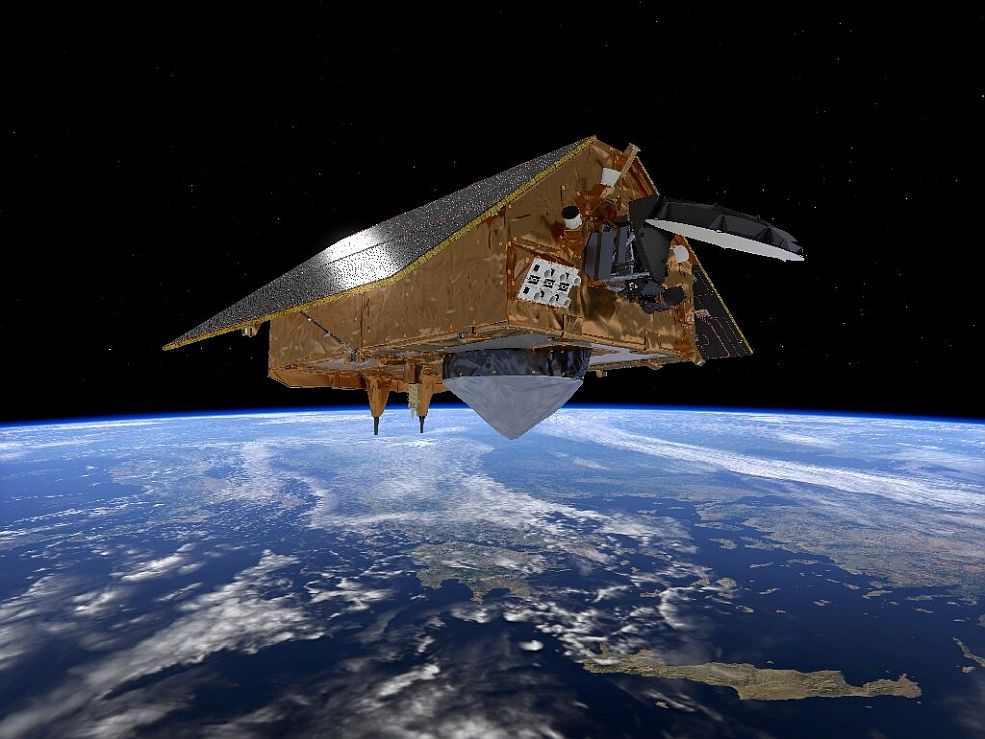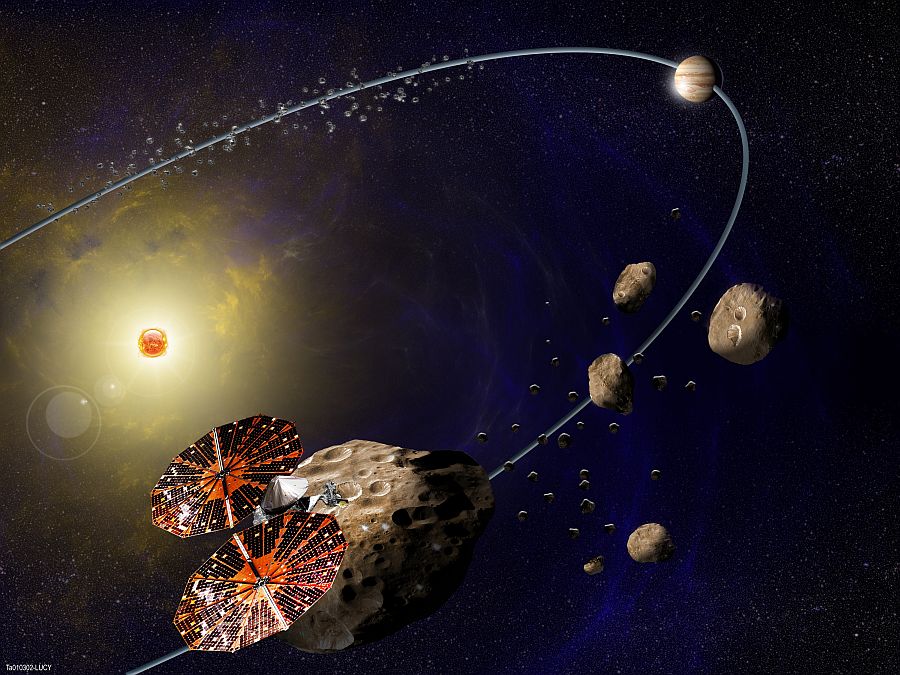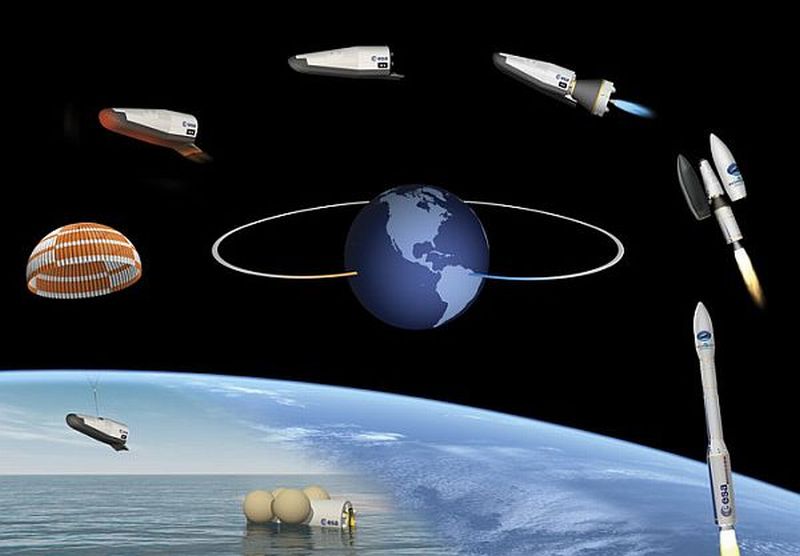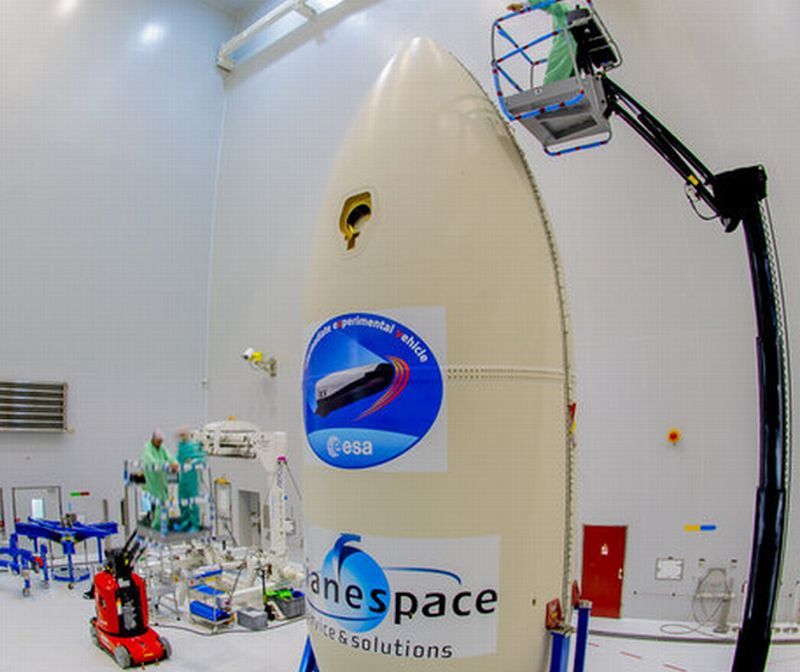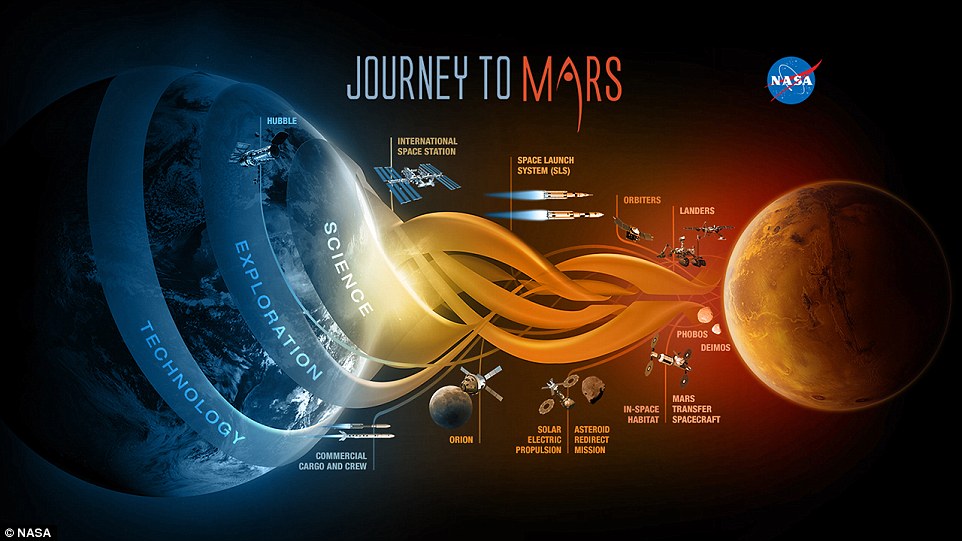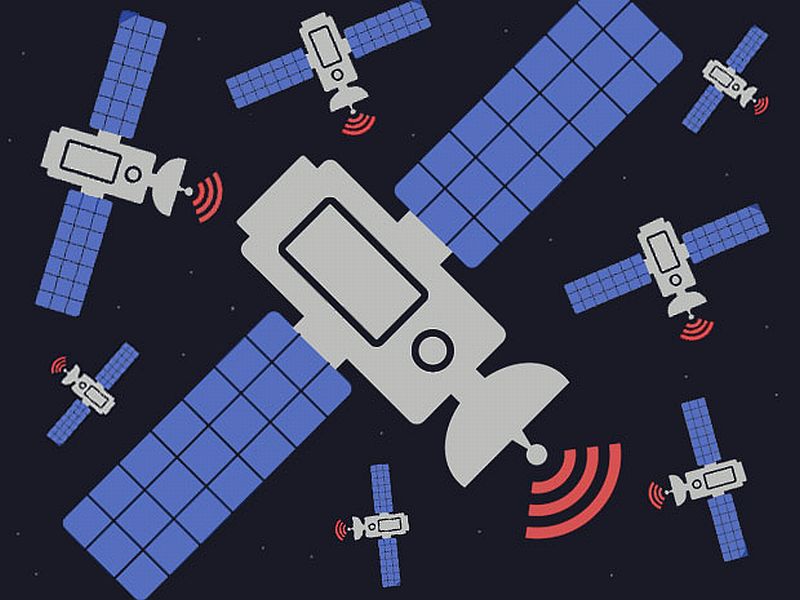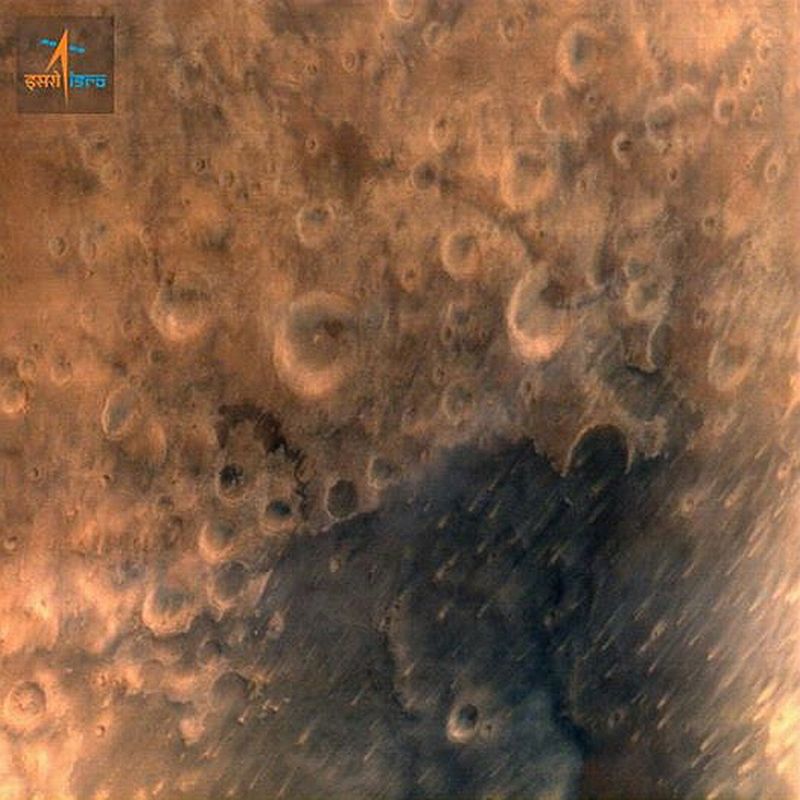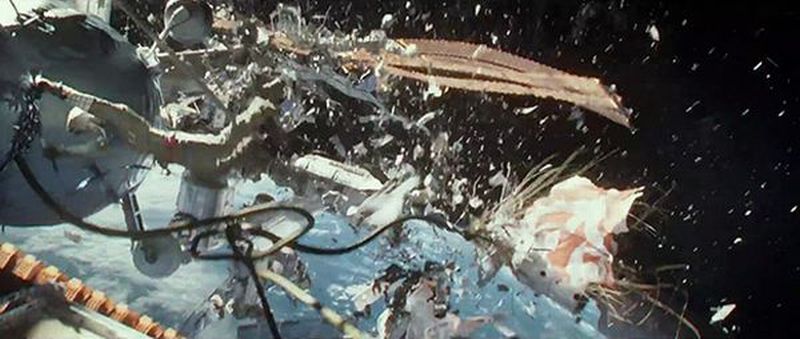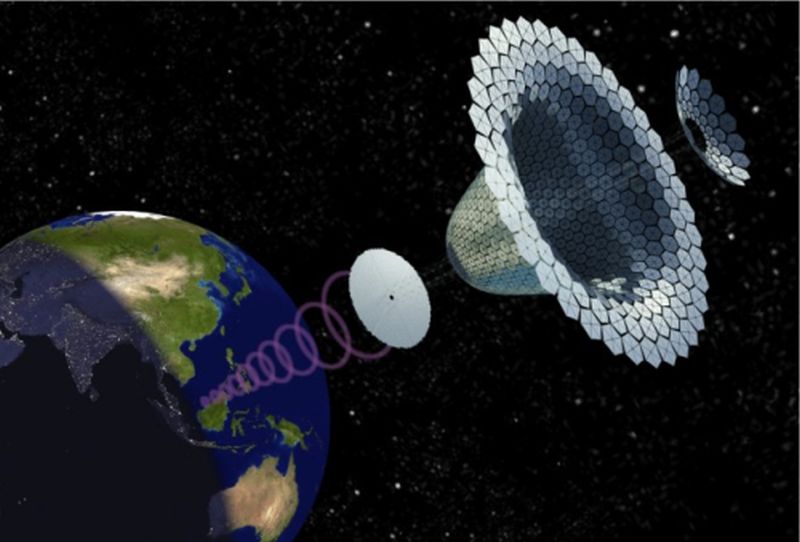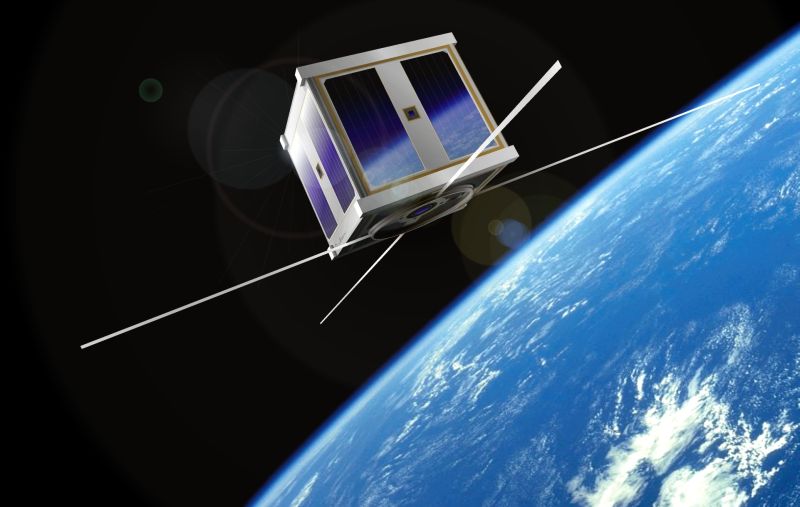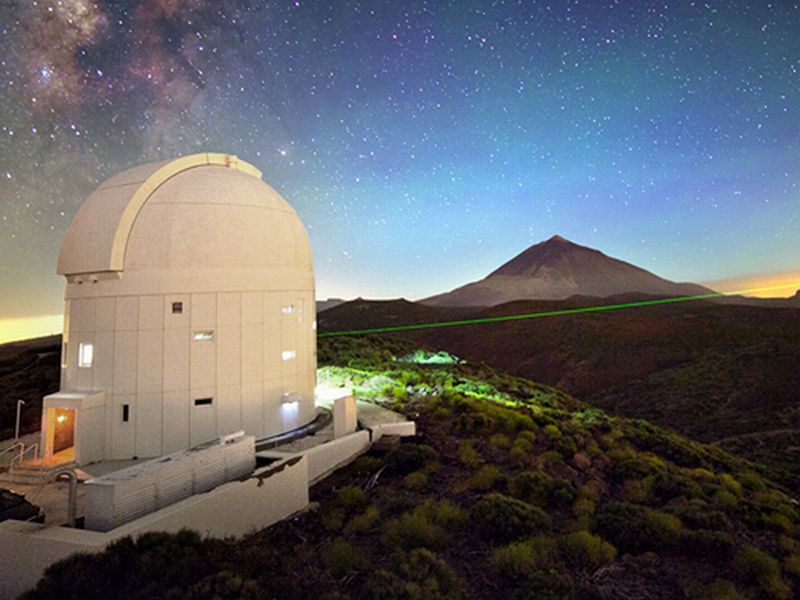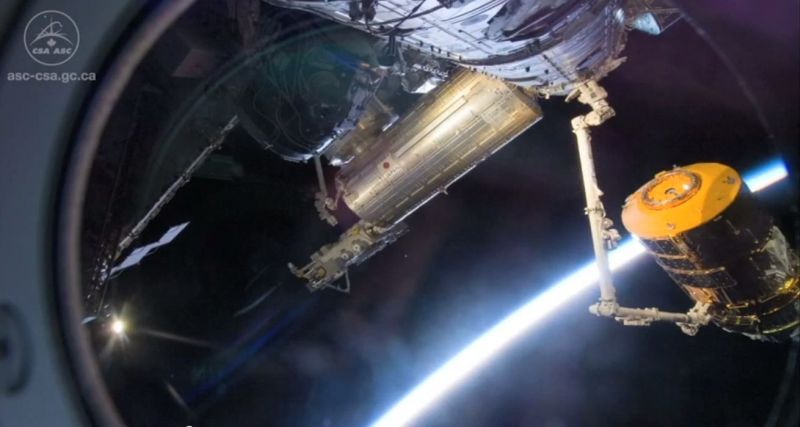Ocean-Monitoring Satellite Sentinel-6 Michael Freilich launched at 9:17 a.m. PST on Nov. 21, 2020, from Space Launch Complex-4 at Vandenberg Air Force Base (VAFB) in California.
Read MoreTag: satellites
Mission Lucy: First To Explore Jupiter’s Trojan Asteroids
COVID-19 coronavirus pandemic has forced the world to halt all its processes. Be it huge corporations or small budget enterprises, everything has come to a standstill.
Read MoreStarlink: The sole charge of IoT in 2020 and beyond
Our devices might never go out of internet coverage area. Musk plans to provide global internet connection to everyone and anywhere in the world. Connectivity speed too will be above average, that is, more than home WIFI (50Mb/s).
Read More10 Images of ESA’s IXV Mini-Shuttle: Blasting off in February 2015
ESA’s mini shuttle is all set to launch its flight and reentry mission. With this development, Europe will set strong foundation for innovative technology that would help future reentry missions for astronauts as well as other spatial bodies. The test flight is scheduled to be held on February 11. The entire operation would last for about 100 minutes testing the critical systems using 300 embedded sensors. Following are some of the images of the ESA’s space taxi, as they call it. 1) IXV during integration at Thales Alenia Space 2)…
Read MoreESA’s Space Taxi ready for Flight: Mastering Autonomous Return from Orbit
Europe’s much-awaited “Space Taxi” is finally ready for its first test flight and reentry mission, which is scheduled to be held on February 11.
Read More10 Images from Space Station Element Cupola: An Astronaut’s Office within the ISS
Last month, we covered a round up related to view from space and now we have some images from within Cupola, the pressurized Space Station Element with seven windows. Cupola The Cupola is an observatory module of the ISS. It has seven windows that are used for performing experiments, anchoring and observing Earth. The Space Shuttle mission STS-130 was kicked off from Earth on 8 February 2010 and docked to the Tranquility (Node 3) module. Considering Cupola’s successful attachment, ISS assembly has reached 85 percent completion. The observatory module is…
Read More10 Images Captured by Orion: A View from Space at 32,000 kmph and 4,000°F
Orion Multi-Purpose Crew Vehicle (MPCV) finally made its successful re-entry into the earth’s atmosphere after a dramatic test flight that hovered around the Earth twice in nearly 4.5 hours. The spacecraft made a fiery re-entry with 32,000 km/h enduring temperature of 4,000°F. This happens to be one of the fastest NASA capsule missions after the Apollo program from 1969 to 1972.
Read MoreInternet Satellite Swarm: SpaceX to develop fleet of Micro-Satellites
After creating a dent in the world of automobiles and aerospace by giving affordable electric cars and rockets, Silicon Valley entrepreneur Elon Musk is moving towards delivering cheap Internet across the globe. This time, Mr. Musk is collaborating with Greg Wyler, founder of WorldVu Satellites Ltd., which happens to control a huge chunk of radio spectrum. Wyler has been working with Google Inc. but 2 months back he had left the tech giant and currently, he has been working with Elon Musk and SpaceX.
Read MoreECOSTRESS: The New Thermometer for detecting Earth’s Temperature
NASA’s Jet Propulsion Laboratory is developing a space-based instrument for detecting transpiration within plants so that the flora can effectively use water. ECOsystem Spaceborne Thermal Radiometer Experiment (ECOSTRESS) is the name of the device that will be docked on the space station for monitoring the water loss through nano-pores occurring within leaves.
Read MoreMangalyaan beams back Images from Mars: India’s First Successful Mission to the Red Planet
India’s Mars Orbiter Mission after positioning itself successfully into the orbit, took some images of the red planet. The image reflected the planet’s crater-marked surface. The Indian Space Research Organisation (ISRO) circulated the images across its network via its facebook page. Pictures containing orange surface with dark holes were taken at a height of nearly 4,536 miles. ISRO’s lead researcher V. Koteswara Rao confirmed that the spacecraft is working absolutely fine and that it has been able to click couple of pictures of the surface and its surroundings. Soon enough,…
Read MoreJapan to create Space Force to Monitor Debris: The Fourth Battlefield
Space debris are affecting our vital services and if it continuous to do so then time is not far when we would no longer be able to communicate, the financial markets would be paralyzed, no TV, no internet, no phone calls, no satellites, life would come to a halt, literally! Satellite collisions would initiate the catastrophic snow balling effect amplifying the cascade of destruction. The movie Gravity did call for some serious thinking about the impacts that debris can cause. Although the movie had some serious flaws but that is…
Read MoreSpace Based Solar Power: Photovoltaic Satellite System
Researchers are continually trying to improve the ways to capture solar energy more efficiently for powering industries, towns, remote villages and even for military purposes. Military needs lots of fuel for its operations. In fact, Pentagon oil consumption is one of the largest in the world and with the fuel price rise, the military is searching for other energy options. Therefore, in the United States Naval Research Laboratory, researchers are trying to tap solar energy directly from the space and send it to military base operating in far-flung remote villages.
Read MoreGlobal WiFi Soon Directly From the Orbit: The Outernet Project
Within a year, prototype satellites would be deployed in orbit to broadcast free internet data across the globe. New York’s Media Development Investment Fund (MDIF) is bankrolling the project, called the “Outernet”. CubeSat, a miniaturized satellite is expected to launch around Jan next year provided the prototype, which is being sent to space this June works well. Soon enough Earth would be encircled with such tiny satellites that would be sending internet signals back to Earth and then there would be no such thing called the censored web, as is…
Read MoreFirst Lunar Laser Communication Demonstration Goes Successful
Researchers from NASA and MIT have been trying to create a two-way laser link communication between the Moon and the Earth. The effort has been initiated last year in the month of Oct. First step concluded by beaming of laser light from a spacecraft orbiting the moon to the earth, at White Sands, New Mexico. And then the beam was sent to the spacecraft from the lab and this process went for about a month. Space scientists have dubbed it as Lunar Laser Communication Demonstration (LLCD). The entire mechanism went…
Read MoreSatellite Servicing: Refueling Missions versus Resurrecting Satellites
Satellites do not know concepts like repairing or re-fueling. Once they are put into orbit, they last until the task is completed and then de-orbit. In case of malfunctioning, they are just forgotten about and are left to contribute to space junk. So what exactly would robots in manned cosmonautics do, although researchers envision that the bots would help in repairs and maintenance at the ISS along with other things including minimize human work. Interestingly, DARPA is trying to resurrect the ‘dead’ satellites by imparting the required skills to its…
Read More
